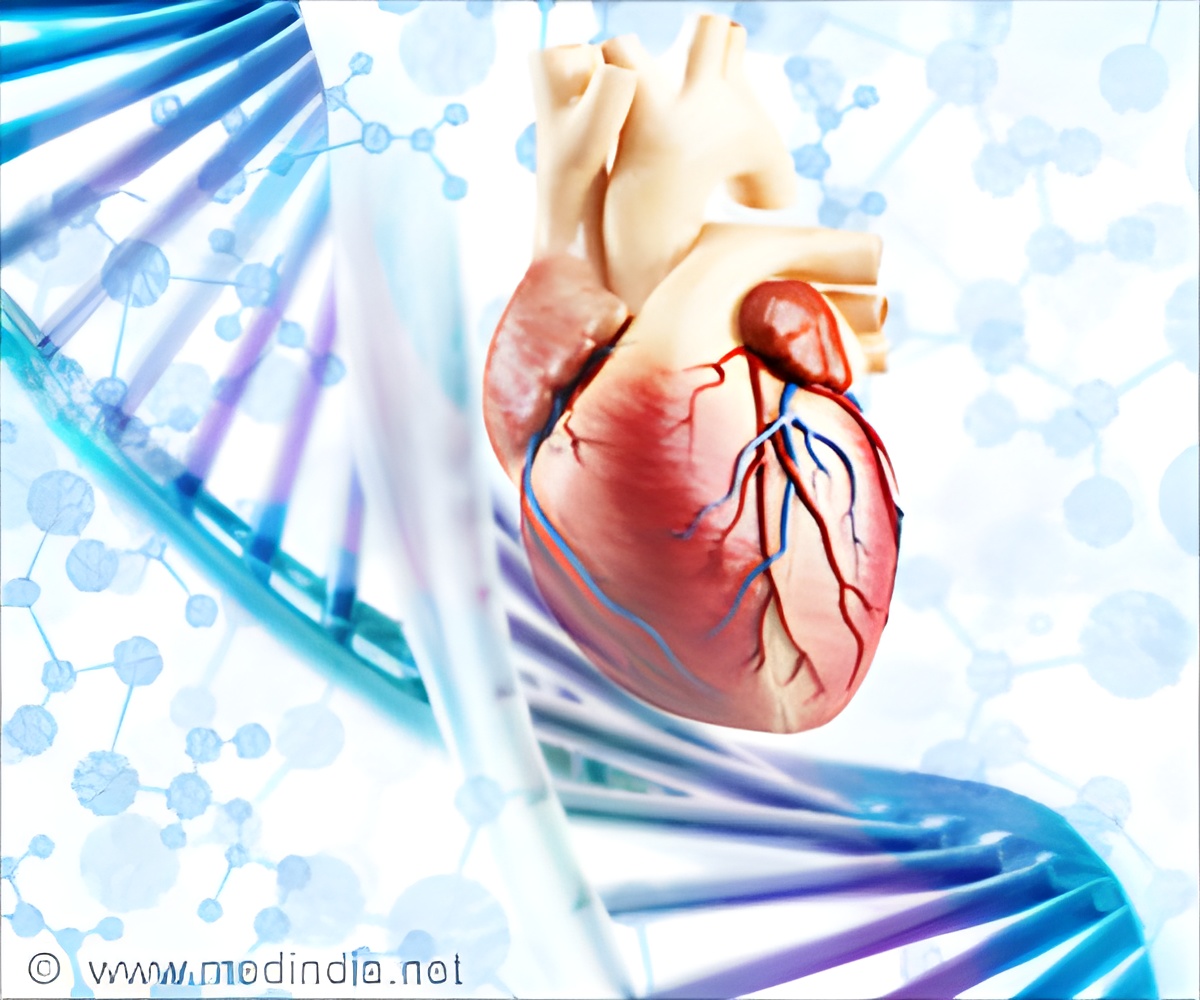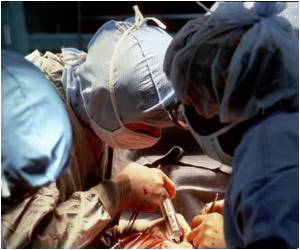Gene expression profiling score can be used to identify transplant recipients who have a low probability of rejection, finds the IMAGE study.

The test score can be used to identify transplant recipients who have a low probability of rejection. The Invasive Monitoring Attenuation through Gene Expression (IMAGE) trial dived deep into the utility of gene expression profiling.
Gene expression profiling is a technique used in the field of molecular biology to measure the expression of thousands of genes simultaneously. It is known that each and every cell in our body contain the genome, i.e. the entire hereditary information. However, not all the genes express at a given time; only a subset is expressed. The term ‘expression’ refers to the way genes are transcribed to functional products called proteins. Genetic information is conveyed from DNA to the ribosome via messenger RNA (mRNA).
Commonly used techniques of gene expression profiling include:
* DNA microarray technology
* Serial Analysis of Gene Expression (SAGE)
The IMAGE study finds that the variability of a heart recipient's gene expression profiling test scores over time may help to assess the prognosis of the patient following transplantation. It may predict the probability of a transplanted heart getting rejected by the recipient’s body.
1. Deng MC et al; for the IMAGE Study Group; Utility of Gene Expression Profiling Score Variability to Predict Clinical Events in Heart Transplant Recipients; Transplantation 2014
2. The Annals of Thoracic Surgery.
Source-Medindia














